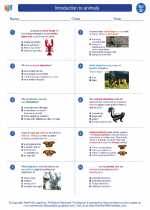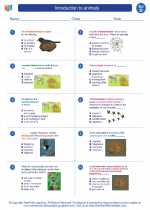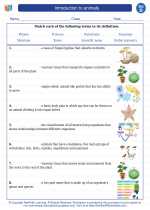Snails
Introduction
Snails are fascinating creatures that belong to the mollusk family. They are known for their spiral shells and slow, steady movement. Let's explore some key aspects of snails and their biology.
Anatomy of a Snail
Snails have a soft body, a muscular foot for movement, and a hard shell that serves as protection. Their radula, a rough tongue-like organ, is used for feeding on plant matter and algae.
Habitat
Snails can be found in a variety of habitats including gardens, forests, and freshwater or marine environments. They prefer moist environments to prevent their bodies from drying out.
Life Cycle
Snails begin as eggs, which hatch into tiny versions of the adult snail. They grow by developing new shell layers as they mature. Some species of snails are hermaphrodites, meaning they have both male and female reproductive organs.
Behavior
Snails are known for their slow movement, which is due to their muscular foot gliding along a layer of mucus that reduces friction. They are mainly active at night and during cooler, moist conditions.
Fun Facts
- Snails can retract into their shells for protection.
- Some species of snails are considered pests in gardens due to their herbivorous diet.
- Snails are an important part of the ecosystem, serving as food for birds, reptiles, and mammals.
Study Guide
Here are some study questions to deepen your understanding of snails:
- Describe the anatomy of a snail and the function of each body part.
- Explain the life cycle of a snail, including the stages of development from egg to adult.
- Discuss the role of snails in their respective habitats and their impact on the ecosystem.
- Compare and contrast the behavior of land snails and aquatic snails.
- Research and present a case study on a specific species of snail and its significance in the environment.
◂Science Worksheets and Study Guides Fourth Grade. Introduction to animals

 Worksheet/Answer key
Worksheet/Answer key
 Worksheet/Answer key
Worksheet/Answer key
 Worksheet/Answer key
Worksheet/Answer key
 Vocabulary/Answer key
Vocabulary/Answer key
 Vocabulary/Answer key
Vocabulary/Answer key
 Vocabulary/Answer key
Vocabulary/Answer key
 Vocabulary/Answer key
Vocabulary/Answer key
